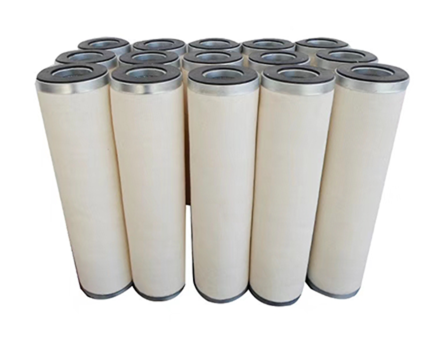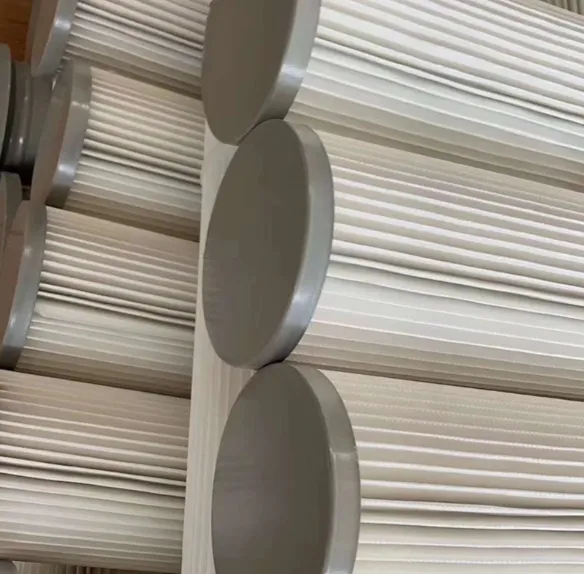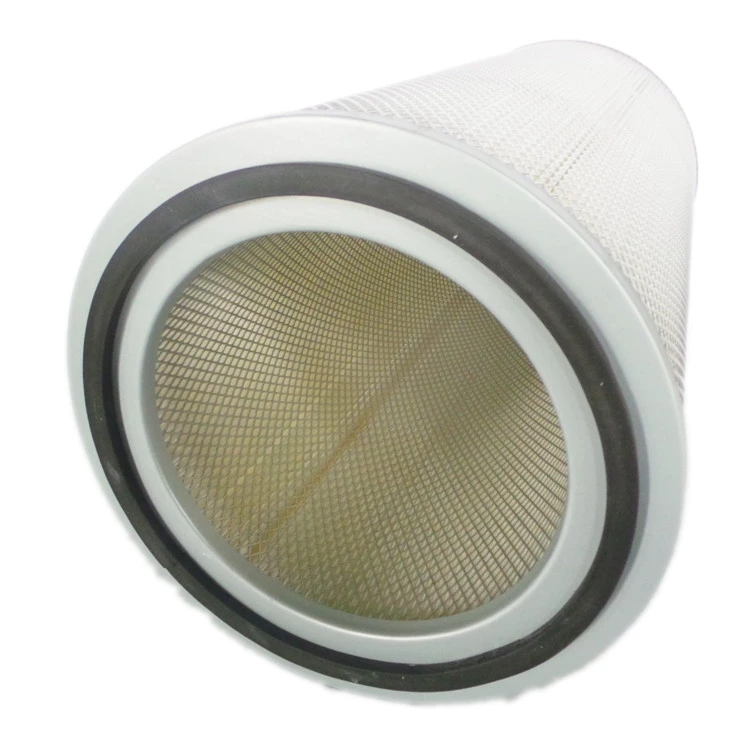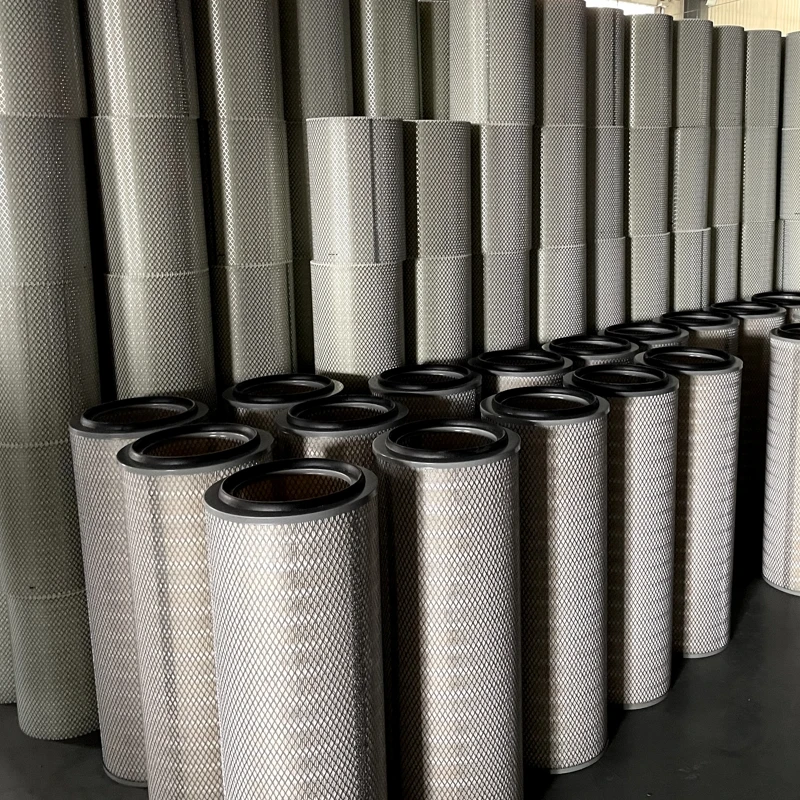 Tel:
+8618931101301
Tel:
+8618931101301
Ιούλ . 28, 2024 23:21 Back to list
Innovative Carbon Air Filters for Enhanced Air Purification and Healthier Indoor Environments
The Essential Role of Carbon Air Filter Cartridges in Air Quality Management
In today's rapidly urbanizing world, air quality has become a significant concern for both environmental and public health. The presence of pollutants, allergens, and harmful particles in the air we breathe poses various health risks, leading to an increased demand for effective air purification solutions. Among the myriad options available, carbon air filter cartridges stand out for their superior ability to improve indoor air quality by effectively removing contaminants.
Carbon air filter cartridges utilize activated carbon, a form of carbon that has been processed to have small, low-volume pores that increase the surface area available for adsorption or chemical reactions. This unique property makes activated carbon exceptionally effective in trapping a variety of airborne pollutants.
The Essential Role of Carbon Air Filter Cartridges in Air Quality Management
In addition to VOCs, carbon filter cartridges are also highly efficient in removing odors. Whether it's the lingering smell of cooking, pet odors, or musty air, activated carbon can neutralize these unpleasant scents. This feature is particularly valuable for households with pets or those who frequently cook, as it helps maintain a fresh and pleasant atmosphere.
carbon air filter cartridge

Another important aspect of carbon air filter cartridges is their ability to capture smoke and particulate matter. In urban areas or regions prone to wildfires, the air can become saturated with smoke and related pollutants. The inhalation of these particles can exacerbate existing health conditions, especially for individuals with respiratory issues. Carbon filters provide an essential layer of protection, ensuring that individuals breathe cleaner, healthier air.
When considering integrating carbon air filter cartridges into home or office environments, it’s essential to understand their maintenance and replacement needs. Over time, the adsorption capacity of activated carbon can become saturated, decreasing its effectiveness. Therefore, regular replacement of the filter cartridges is necessary to ensure optimal performance. Most manufacturers recommend replacing carbon filters every three to six months, although this can vary based on air quality and usage frequency.
While carbon air filter cartridges offer significant benefits, they are often most effective when used in conjunction with other filtration technologies. For example, HEPA filters can capture larger particles such as dust, pollen, and mold spores, while carbon filters tackle gases and odors. Together, these systems can provide comprehensive air purification, capturing a wide range of pollutants and improving overall air quality.
In conclusion, carbon air filter cartridges play a crucial role in managing indoor air quality and protecting our health. Their ability to adsorb harmful VOCs, neutralize odors, and capture smoke and particulate matter makes them an invaluable tool for creating a safe and pleasant environment. As awareness of air quality issues continues to grow, investing in carbon air filter technology could be one of the most effective steps individuals can take to safeguard their health and well-being. By understanding their functions, maintenance needs, and the benefits they bring, consumers can make informed choices that contribute to a healthier living space.
-
Why does the air filter affect the power of the car?NewsMay.06,2025
-
When should the dust filter be replaced?NewsApr.30,2025
-
How to choose a special dust filter?NewsApr.29,2025
-
Industrial air filters: How to deal with high dust environments?NewsApr.28,2025
-
From coconut shell to coal: performance differences of activated carbon filter elementsNewsApr.24,2025
-
Air filter survival guide in high-dust environmentsNewsApr.23,2025

 Email:
Email:





